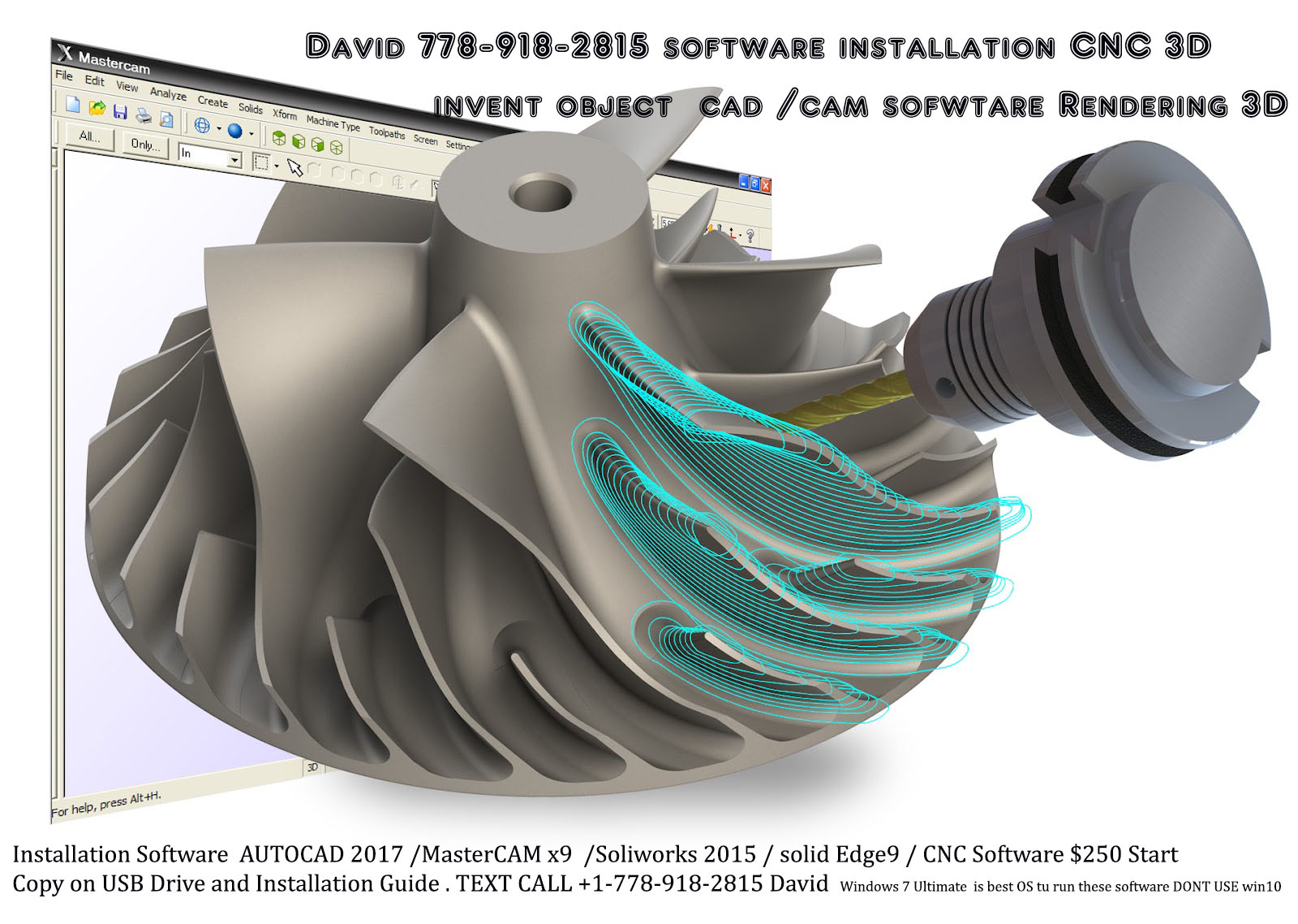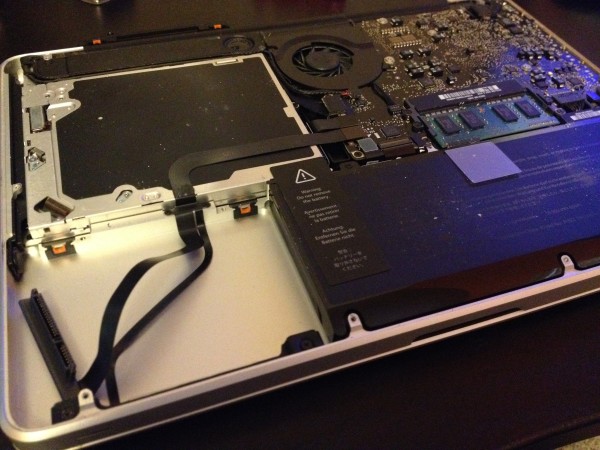

In actuality, however, it is unlikely this method will become popular because of the level of skill it takes to successfully pull off mixed with the risk. In that case, the modification also would void the MacBook’s warranty and for non-experts, even making slight adjustments like that are beyond the comfort levels of the average MacBook owner.Īs Engadget says, it’s nice to see that an M1 MacBook is technically more upgradeable than Apple wants you to believe, but given how restrictive the company has been around repair, this seems like a situation it would consider an exploit and if it becomes popular enough, something it could patch out via software or make infeasible due to restricting part availability. Earlier this year, Linus Tech Tips showed that the M1 MacBook Air actually can match - or even beat - the M1 MacBook Pro’s performance with a thermal pad upgrade. This isn’t the first example of experts tinkering with Apple’s very specific and un-upgradeable design. That said, if the parts are successfully sourced, the previous parts correctly removed, and the new ones properly added, the technicians showed that they successfully expanded the computer from 8GM of memory to 16GB, and the 256GB storage drive was expanded to 1TB. Not only will you have to properly source parts that are compatible with the system, but you will also have to remove the RAM and SSD chips that are soldered-on - not something most people would recommend. I travel daily with this setup with all my music and stuff.As expected with something like this, the process is not straightforward and full of pitfalls. Consider this a proof of concept (tape is enduring nearly one year :-) So there is enough room for improvement. Thunderbolt is the fastest DAS (direct attached storage vs network attached storage) but USB 3 is no slouch either.īe sure to tape the connector and cables as well to prevent jiggle disconnects.

I propose a third option: external storage. You would want an iSCSI initiator for the fastest storage, but NAS would be just fine for large files and folders you access infrequently.

Your 2nd option will tie your laptop to the network providing the NAS for full operation.

The last one to offer that was the Mac Pro which had no-tool, user swappable hard drive bays. You could probably go with your 1st option from an Apple Service provider or DIY, but Apple doesn't upgrade storage on any shipping Mac.


 0 kommentar(er)
0 kommentar(er)
